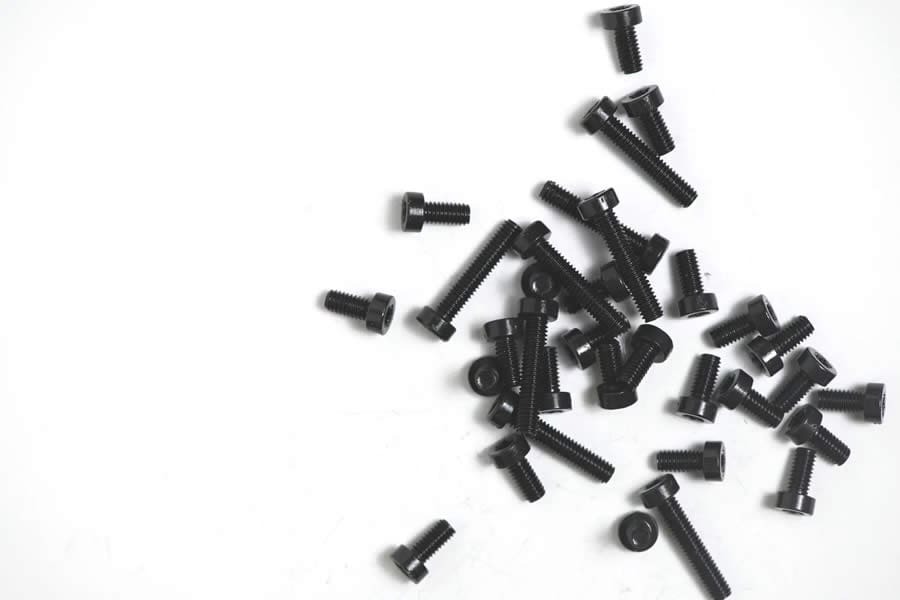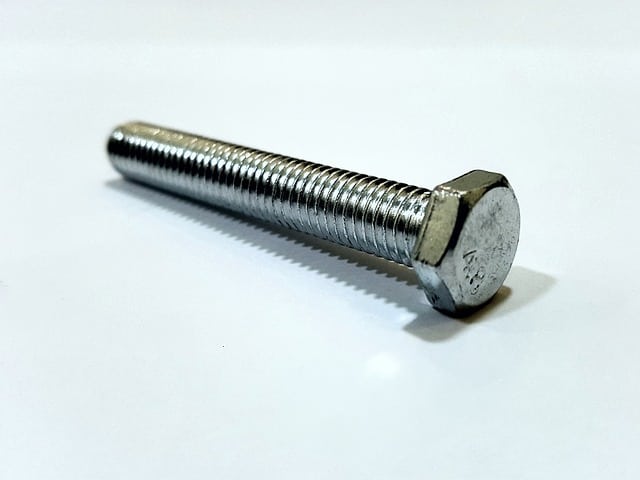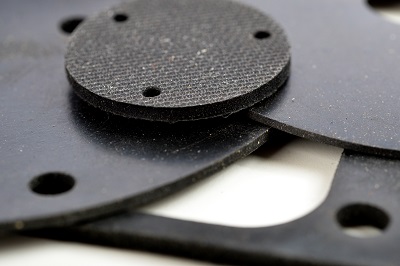In the world of electroplating, precision is paramount. One of the most critical factors that determine the quality and performance of electroplated components is coating thickness. Ensuring the correct thickness of a coating is essential for various industrial and commercial applications. This blog explores why coating thickness is crucial in electroplating, the common issues faced in the industry, and how EC Williams uses advanced techniques and equipment to deliver consistent, high-quality results.
Why Coating Thickness Matters
Protection and Durability
The primary purpose of electroplating is to enhance the surface properties of a substrate, providing protection against corrosion, wear, and other environmental factors. The thickness of the coating directly influences its protective capabilities. Too thin, and the coating may not provide adequate protection; too thick, and it could lead to issues like brittleness or flaking.
Functional Requirements
Different applications have specific functional requirements for coating thickness. For example, in the automotive industry, components such as fasteners and fuel systems require precise coating thicknesses to ensure optimal performance under harsh conditions. Accurate thickness ensures that parts fit correctly and function as intended, without compromising safety or efficiency.
Compliance with Standards
Industries often have stringent standards and specifications for coating thickness. These standards ensure that components meet safety, performance, and durability requirements. Non-compliance can lead to product failures, costly recalls, and damage to a company’s reputation. EC Williams adheres to these standards, ensuring that every component we plate meets or exceeds industry expectations.
Common Issues in Coating Thickness
Inconsistent Coating
Inconsistent coating thickness can result from several factors, including variations in the plating bath composition, temperature fluctuations, and improper agitation. This inconsistency can lead to weak spots that are more prone to corrosion or wear.
Excessive Thickness
While it might seem that more coating would offer better protection, excessive thickness can be detrimental. It can cause parts to be out of tolerance, affecting assembly and functionality. Additionally, overly thick coatings can lead to internal stresses that cause cracking or peeling.
Insufficient Thickness
Insufficient coating thickness is equally problematic. It fails to provide the necessary protection, leading to premature failure of the component. This is particularly critical in applications exposed to corrosive environments or mechanical stress.
EC Williams’ Approach to Ensuring Precise Coating Thickness
Advanced Techniques
At EC Williams, we employ advanced electroplating techniques to control coating thickness with precision. Our processes are designed to ensure uniform deposition across the entire surface of the component, meeting the exact specifications required by our clients.
- Barrel Plating: Ideal for small components, barrel plating allows for efficient coating of large volumes of parts with consistent thickness.
- Rack Plating: Used for larger or more delicate parts, rack plating ensures that each component is individually positioned and coated, providing superior control over thickness.
- Automated Systems: Our state-of-the-art automated systems monitor and control the plating process in real-time, adjusting parameters to maintain optimal conditions and consistent coating thickness.
State-of-the-Art Equipment
Our commitment to quality is reflected in our investment in the latest electroplating equipment. This includes advanced rectifiers, filtration systems, and agitation mechanisms that ensure a uniform and precise coating process.
- X-Ray Fluorescence (XRF): We utilise XRF technology to measure coating thickness accurately. This non-destructive testing method provides immediate results, allowing us to verify and adjust the plating process in real-time.
- Hull Cell Testing: This diagnostic tool helps us optimise plating bath conditions, ensuring that the chemistry is ideal for achieving the desired coating thickness.
- Thickness Gauges: Our precision thickness gauges are regularly calibrated and maintained, providing reliable measurements to ensure compliance with customer specifications.
Expertise and Experience
With decades of experience in the electroplating industry, our team of skilled technicians and engineers brings a wealth of knowledge to every project. We understand the intricacies of coating thickness and the impact it has on the performance and longevity of electroplated components.
Importance in Industrial and Commercial Applications
Automotive Industry
In the automotive sector, components such as fasteners, fuel systems, and braking systems must withstand extreme conditions. Precise coating thickness ensures these parts remain durable and reliable, reducing the risk of failure and enhancing safety.
Electronics Industry
For electronic components, coating thickness is crucial in preventing corrosion and ensuring electrical conductivity. Accurate plating ensures connectors and other parts perform reliably, extending the lifespan of electronic devices.
Aerospace Industry
Aerospace components are subject to rigorous performance standards. Coating thickness plays a vital role in protecting these parts from corrosion, wear, and environmental factors, ensuring they meet the high demands of the industry.
Conclusion
Understanding the importance of coating thickness in electroplating is essential for achieving high-quality, durable, and reliable components. At EC Williams, we combine advanced techniques, state-of-the-art equipment, and expert knowledge to ensure precise and consistent coating thickness for every project.
Whether you are in the automotive, electronics, or aerospace industry, our electroplating services are designed to meet your specific needs and exceed your expectations.
To read the original article please see here



